Located in the northeastern part of Beijing, the 798 Art District is a vibrant and eclectic space that has transformed from a former factory complex into one of the city’s most cutting-edge contemporary art hubs.
A must-visit for art lovers, culture seekers, foodies and curious travellers alike, 798 Art District combines an industrial past with modern creativity, offering visitors an exciting blend of galleries, installations, cafes, and boutiques.
A Fascinating Industrial Past
The story of 798 Art District begins in the 1950s when the area housed factories designed by East German architects as part of a socialist collaboration between China and East Germany.
The most notable was Factory 798, a key site for electronics and military equipment. Over the decades, as China’s economy shifted and production moved elsewhere, the factories were gradually abandoned.
By the late 1990s, local artists began to occupy the empty spaces, attracted by the vast open rooms, high ceilings, and raw industrial aesthetic that provided the perfect backdrop for large-scale installations and creative experimentation.
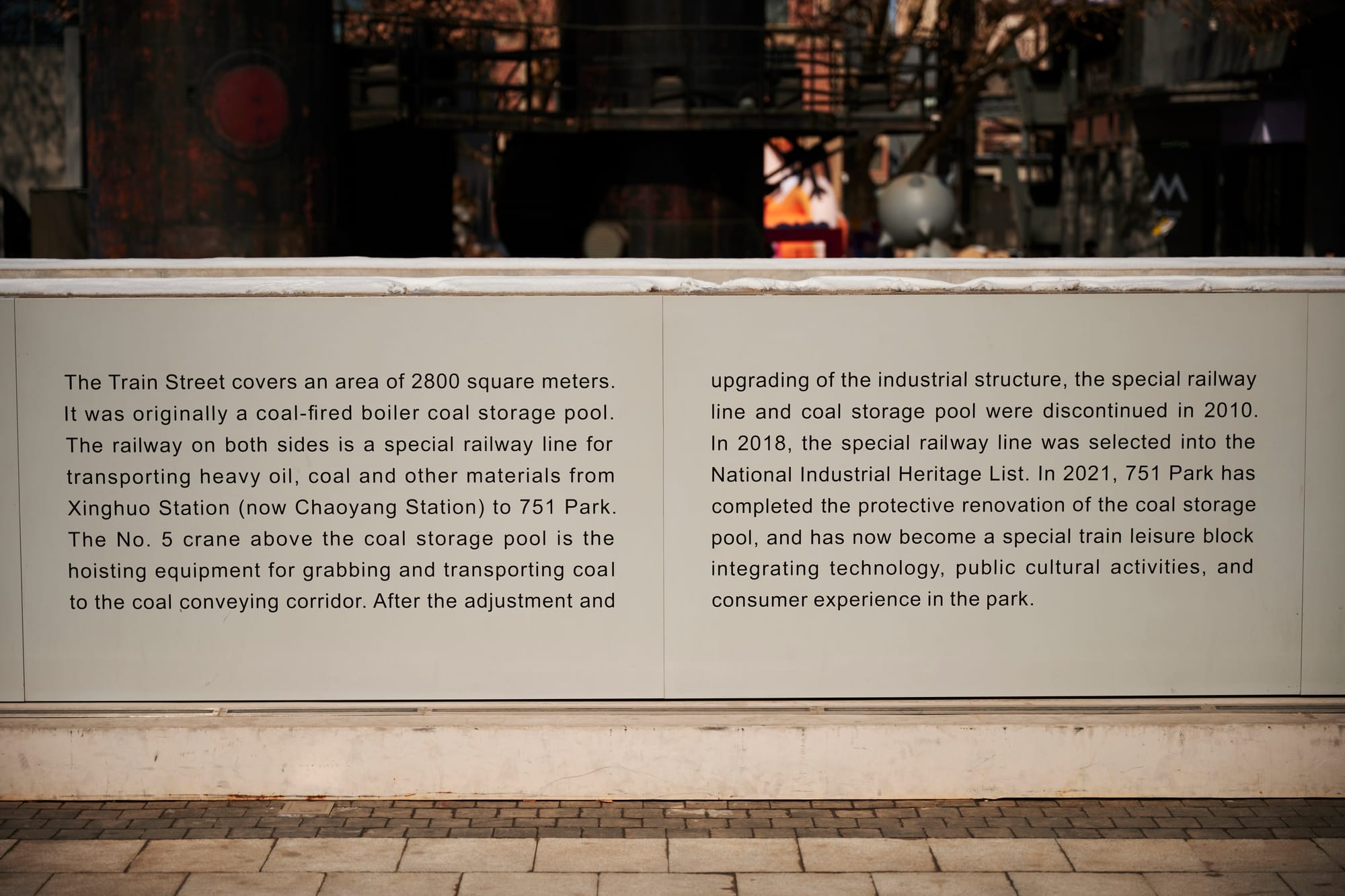
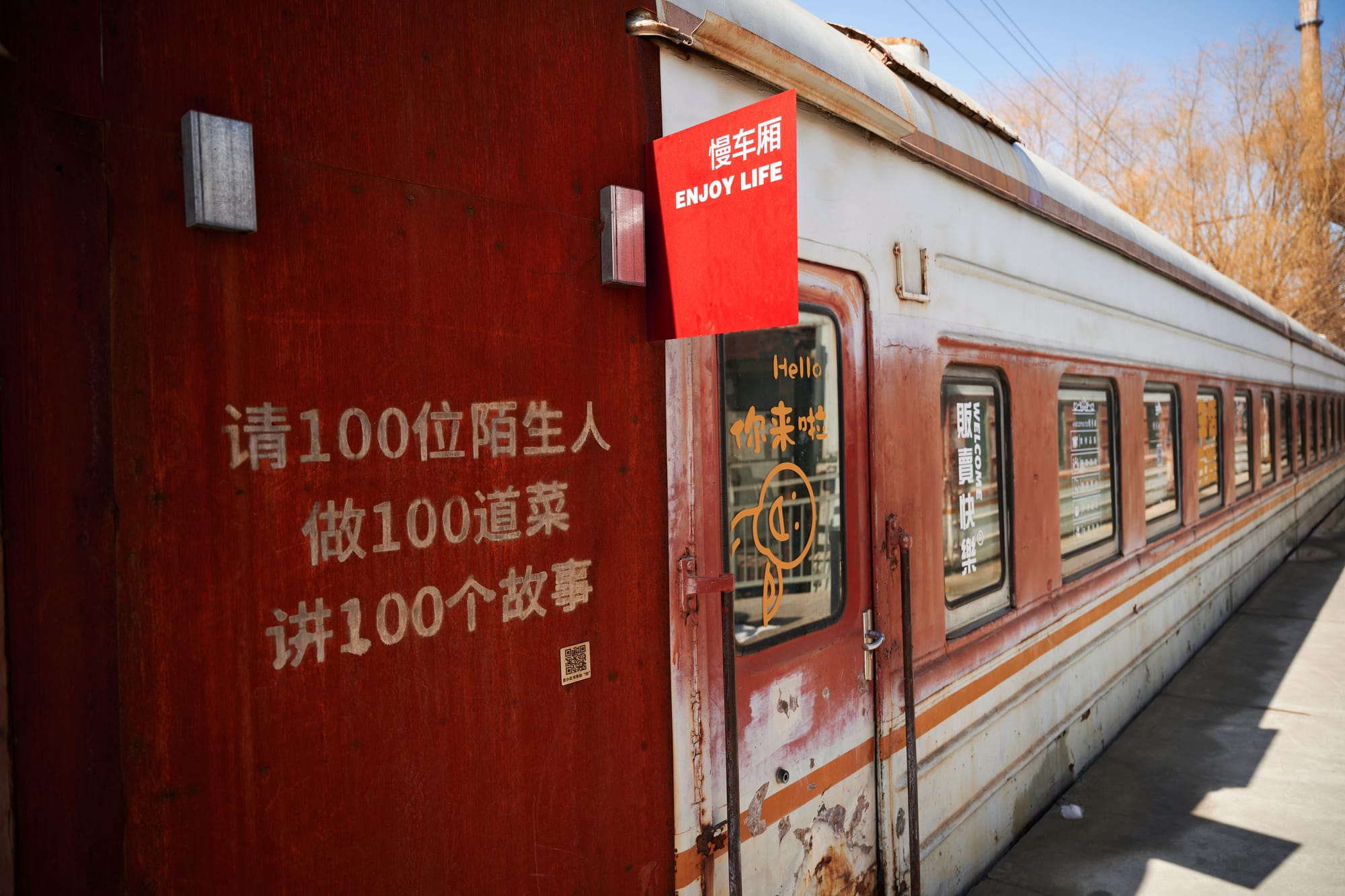
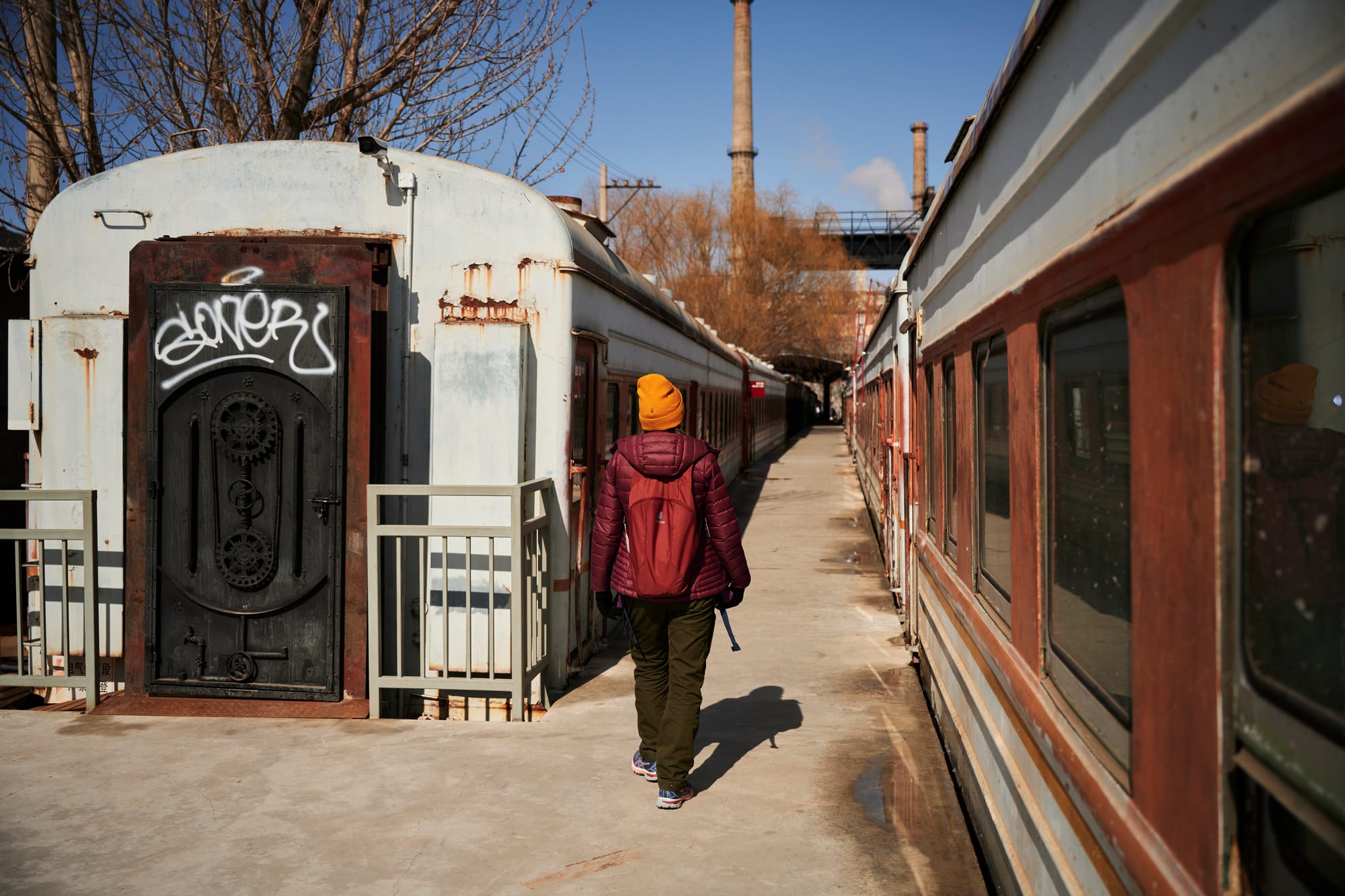
The Birth of a Cultural Landmark
In the early 2000s, the area started to gain popularity, and the artistic community within 798 flourished. Artists, galleries, and designers transformed the dilapidated warehouses into a thriving cultural space.
Today, 798 Art District is not only a platform for Beijing’s local artists but has also gained international recognition, hosting exhibitions from world-renowned artists and institutions.
As you wander through its maze of streets, you’ll find contemporary art in all its forms—paintings, sculptures, photography, digital media, and performance art—against the industrial relics of a bygone era.
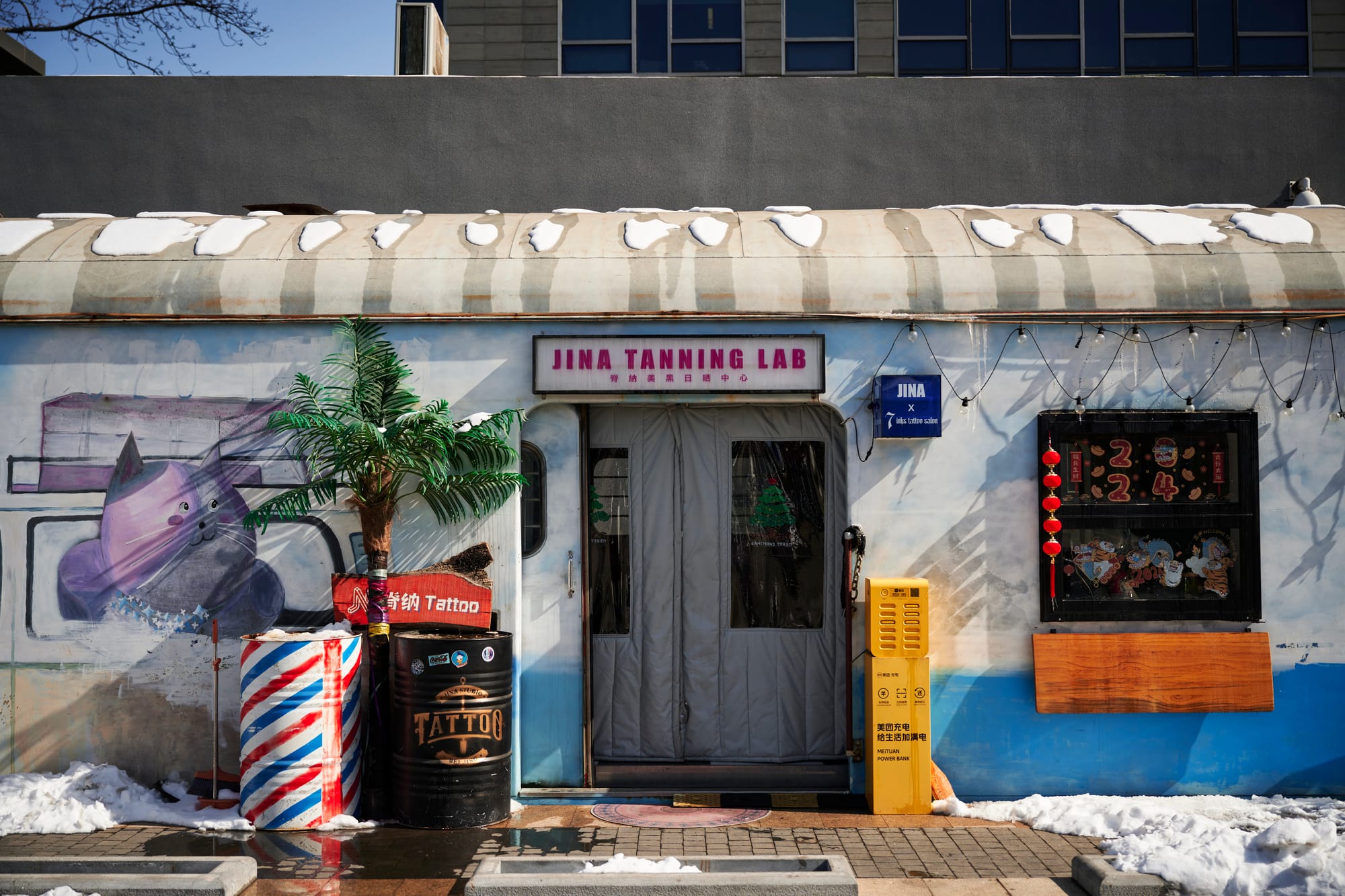
What to See and Do in 798
Galleries and Exhibitions: The district is home to dozens of galleries, ranging from large, established spaces like the Ullens Center for Contemporary Art (UCCA) to smaller, independent galleries that showcase emerging artists. UCCA, in particular, is a highlight, hosting rotating exhibitions from both Chinese and international artists and offering a glimpse into the future of contemporary art. Other notable galleries include Pace Beijing and Beijing Commune, which focus on avant-garde and conceptual art.
Street Art and Installations: 798 isn’t just about indoor galleries—the streets are alive with artistic expression too. Murals and sculptures adorn the area, making every corner a potential photo opportunity. Some of the most eye-catching pieces include large, industrial-style sculptures and brightly colored murals that contrast with the district's grey, utilitarian architecture.
Boutiques and Souvenir Shops: Beyond the galleries, you’ll find plenty of quirky boutiques and design shops where you can pick up unique souvenirs, from handcrafted jewelry to modern home décor. For those looking to take a piece of 798 home, these shops are a treasure trove of art-inspired items.
Cafes and Eateries: Exploring art can work up an appetite, and 798 Art District offers plenty of options to refuel. Many of the cafes are works of art in themselves, blending minimalist design with cozy atmospheres. Grab a coffee at At Café, one of the district’s original coffee spots, or indulge in a meal at one of the trendy eateries like CAFE Zarah or 798 Green T. House, which serve up both Western and Chinese-inspired dishes.
Events and Festivals: The district regularly hosts art festivals, film screenings, and performances. Keep an eye on the calendar for the Beijing 798 Art Festival, which takes place annually and brings together artists, performers, and the public for a celebration of contemporary art and culture.
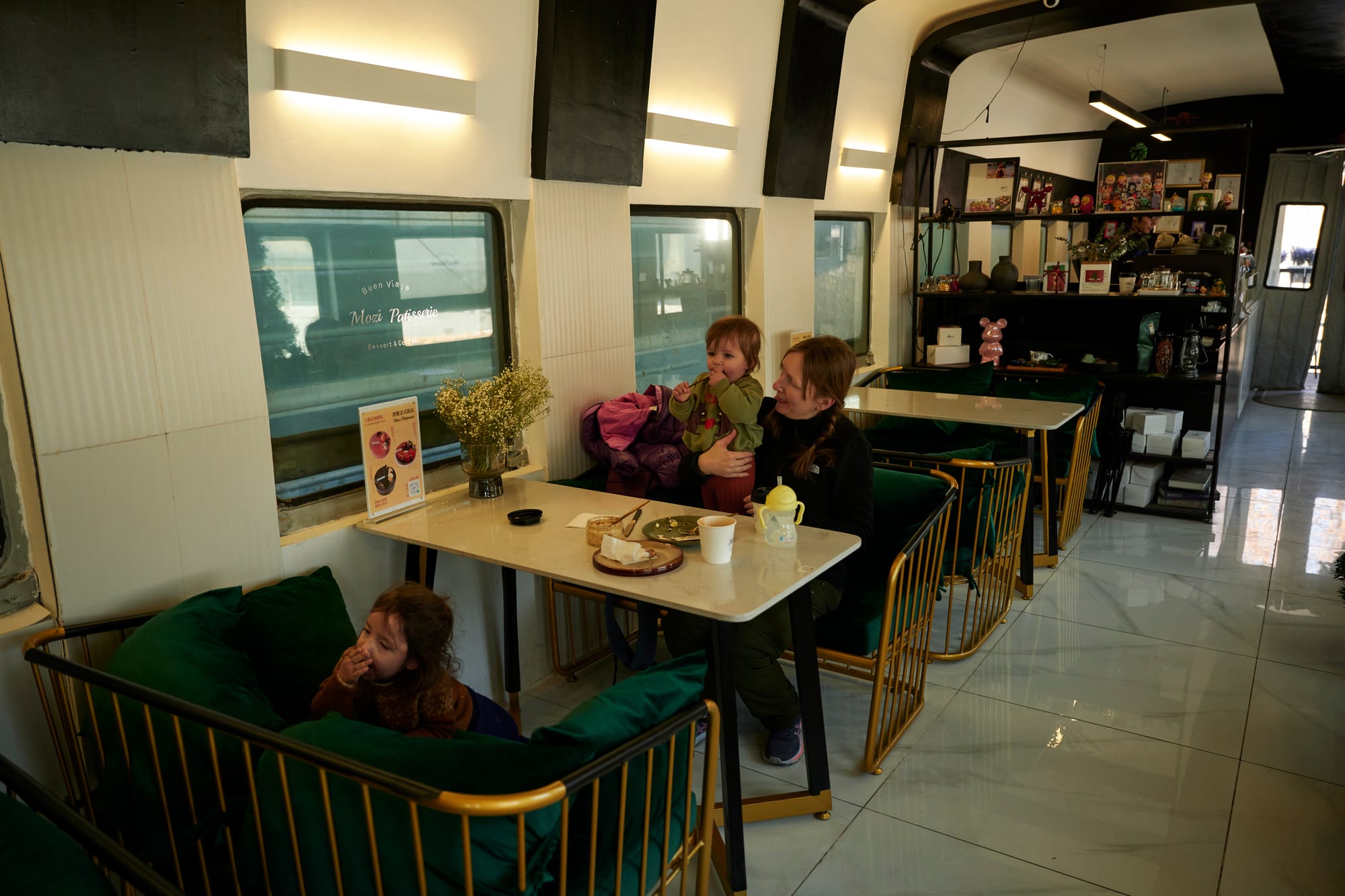
Why Visit 798 Art District?
There’s a lot to love about 798 Art District. First, it’s an excellent escape from Beijing’s more traditional tourist spots like the Forbidden City or the Summer Palace, offering a modern contrast to China’s historical landmarks. The district is also incredibly photogenic, with its combination of old industrial architecture and contemporary art making for some unique shots. Whether you’re an art enthusiast or just looking for a fresh cultural experience, 798 offers a glimpse into Beijing’s evolving creative scene.
Moreover, the space is a cultural bridge between the past and the future. Its history as a Soviet-era factory is still visible in its Bauhaus-style buildings, while its current use as an artistic hub reflects China's rapidly changing society and its place in the global art scene.
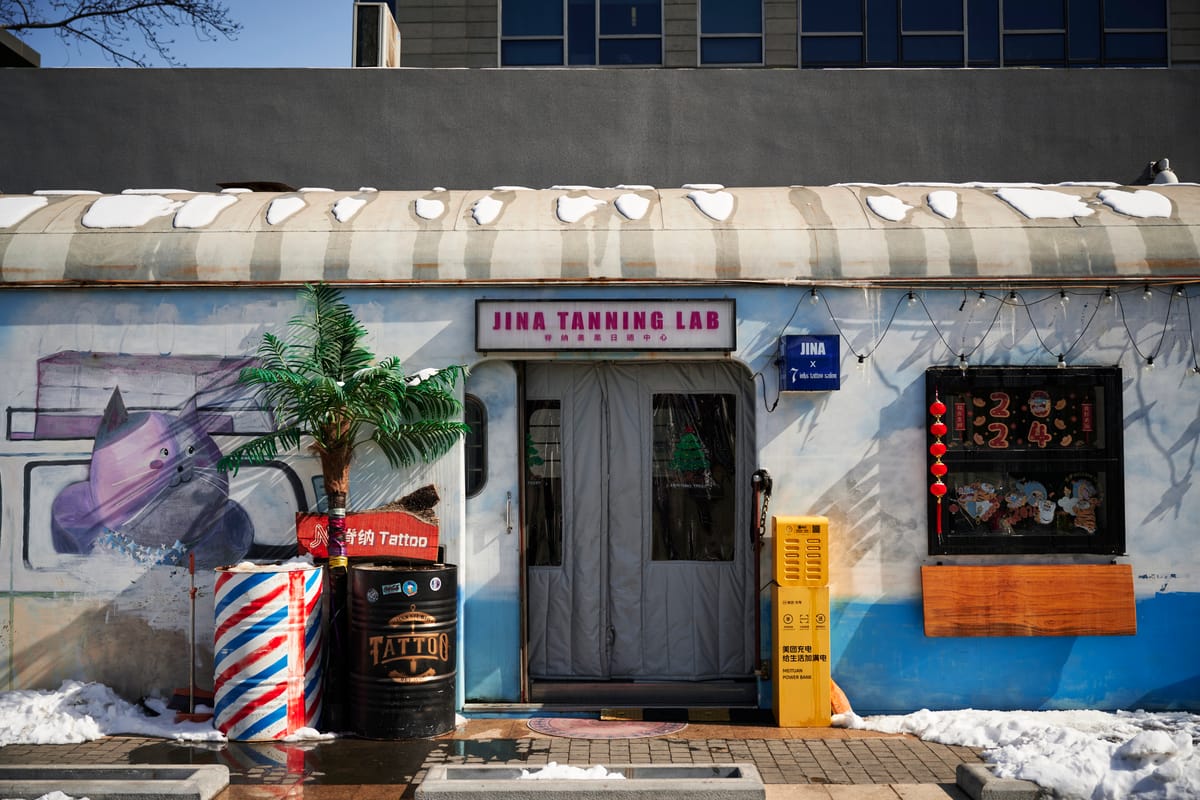

Visiting District 798 with kids
There is plenty to do with the little ones, so don't think you should skip it because you are traveling with family! There are dedicated exhibitions for kids, look out for craft making opportunities and spaces dedicated for kids.
There are also plenty of restaurants serving international cuisine, in case your children crave a bit of familiarity in a form of a pizza or a bowl of chips.


Tips for Your Visit
- Plan for half a day: The district is sprawling, and there’s a lot to see, so allocate at least half a day to explore at a leisurely pace.
- Explore back alleys and artisan shops: The district is full of cute, local craft shops of all kind, you might find some unique souvenirs for family and friends - we managed to buy beautiful tea sets and jewellery combining classic china patterns with a modern twist.
- Comfortable footwear: With so many galleries, shops, and streets to cover, you’ll be doing a lot of walking.
- Timing: Weekdays tend to be quieter, allowing you more space to explore the galleries and streets. Weekends can get busy, especially if there are special events or exhibitions.
- Stay Hydrated: Beijing summers can be scorching, so keep a water bottle handy, especially if you’re visiting in the warmer months.
- Combine with other attractions: The nearby Caochangdi Art Village is another artsy area worth checking out, located just a short drive away. Also nearby is the China Film Museum and Beijing City Library.
- There are a lot of temporary exhibitions, so check in advance for what's currently to see - we managed to visit an amazing exhibition for kids about science of space travel that both our daughters absolutely loved!
Practical Information
- Opening Hours: Most galleries in 798 Art District are open from 10:00 AM to 6:00 PM, though some may stay open later. It’s always a good idea to check the individual gallery hours if there’s a specific exhibition you want to see.
- Location: 798 Art District is located in the Chaoyang District of Beijing, about 30 minutes by car from the city centre. You can reach the area by taxi, bus, or subway (Wangjing South Station is the nearest subway stop).
- Admission: Entry to the district itself is free, though some galleries may charge a small fee for special exhibitions.
Conclusion
Beijing’s 798 Art District is a dynamic and ever-evolving destination where the lines between art and life blur. Whether you’re passionate about contemporary art or simply curious about Beijing’s modern culture, this creative hub is worth exploring. With its fascinating history, eclectic exhibitions, and cool cafés, 798 Art District offers something for everyone and stands as a testament to Beijing’s flourishing art scene. Don’t miss the chance to see where art and industry meet in this unique corner of the Chinese capital.
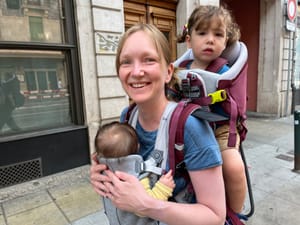
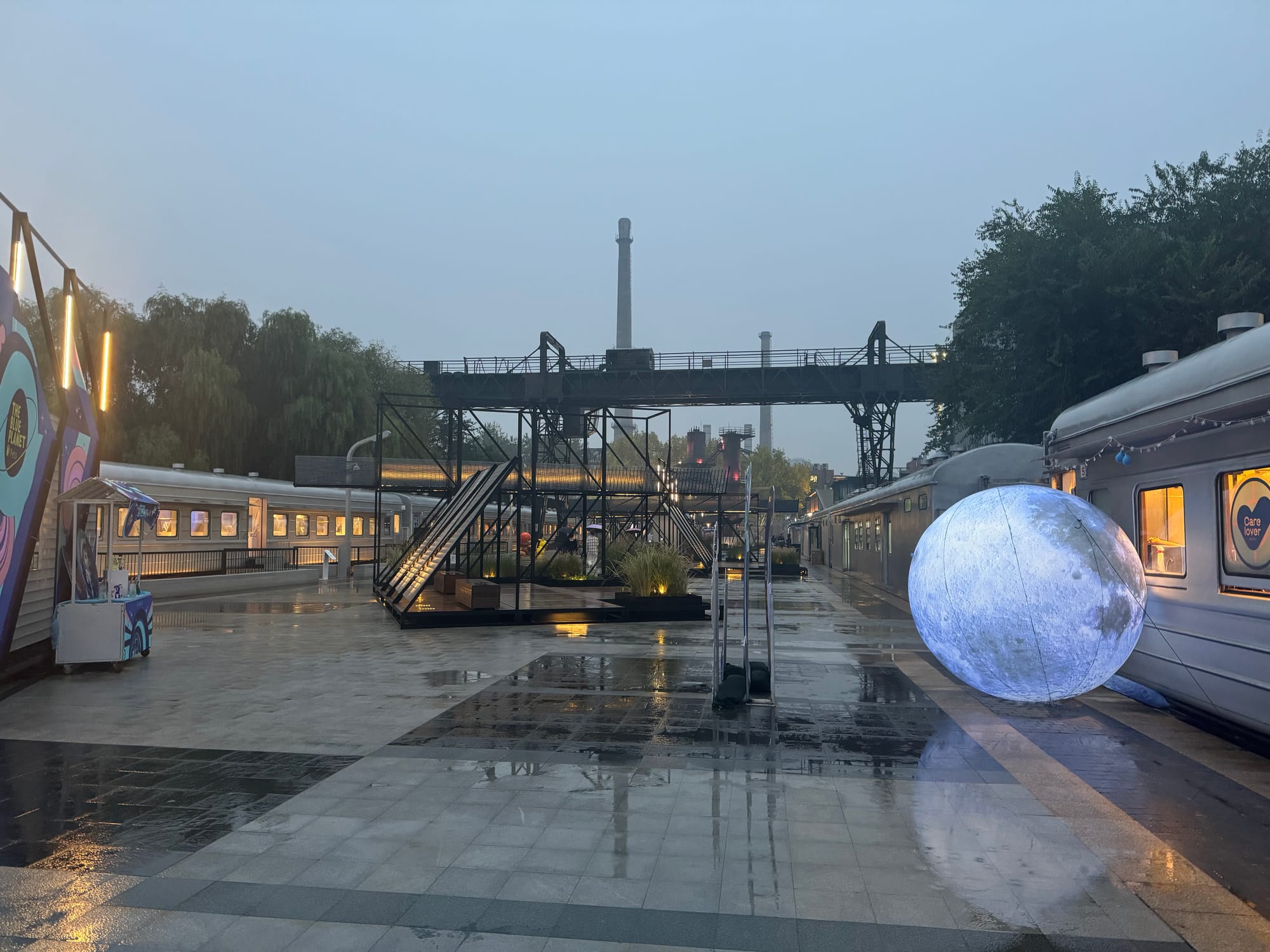
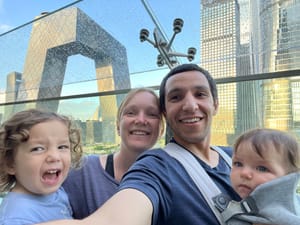



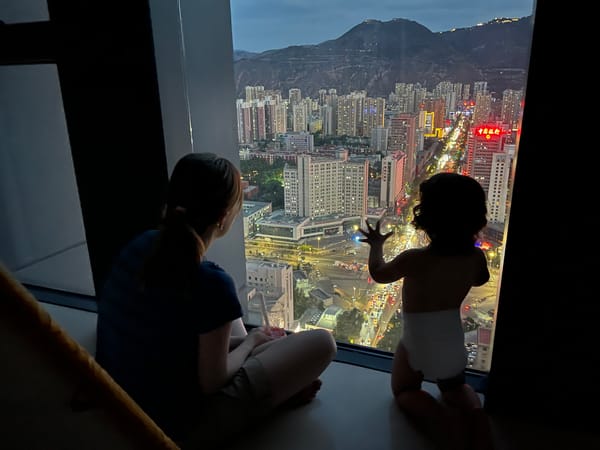


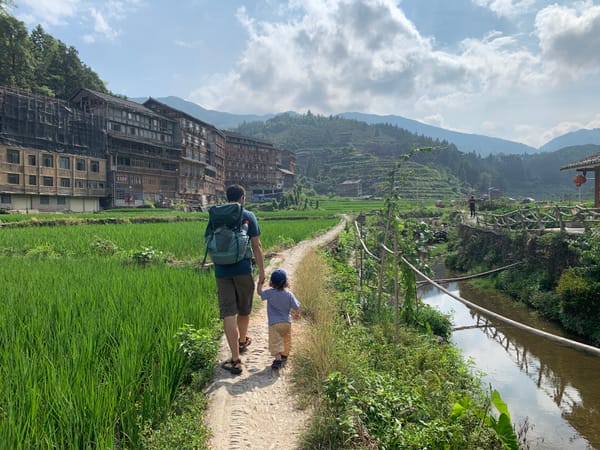
Member discussion